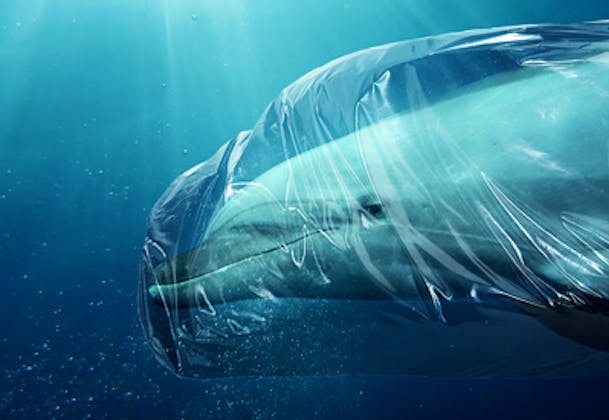A new Roman shipwreck discovered in Switzerland
CSEM engineers have used new lidar technology to analyze the ruins of a Roman shipwreck in Lake Neuchâtel. Their method generates 3D images in just a few seconds, enabling archeologists to visually analyze underwater ruins without lifting them out of the water. The ship was probably used to transport large stones for construction.

The ship, which dates back to the early second century, was found in Lake Neuchâtel in 2014. It has just been cleared and has been studied by a team of archeologists from the Neuchâtel Canton Office of Archeology and Cultural Heritage (OPAN) and a team of divers from the Octopus Foundation. Their goal is to learn more about the ship’s architecture and use, and collect as much data as possible before burying it back in the sand.
These types of ruins are relatively rare, as this is only the third Roman shipwreck ever found in Swiss lakes. The ship has partially preserved in the sand; it was originally between 15 and 25 meters long and was probably used to carry large limestone rocks, dug out of quarries in Hauterive and Concise, from the lake’s northern shore to the town of Avenches. What makes this discovery particularly interesting is that one side of the ship, almost 12 meters long, is nearly intact – a first in Switzerland.
Thanks to an opportunity provided by OPAN, two CSEM engineers helped with the study by using their new lidar laser technology to generate precise 3D images of the ruins. Their system is fully contained in a waterproof case and can replicate the ship’s contours reliably and almost instantly, without touching the vessel.
This study let us test our system under real-life conditions and showed that it can analyze underwater ruins very quickly and without the need for a diving team
says Fabien Droz, head of instrumentation research at CSEM.
While divers would actually have no problem accessing these ruins in Lake Neuchâtel, the conditions at other sites aren’t always so clement. Some shipwrecks are located at extreme depths or in places that would be dangerous to reach.”
Unlike conventional laser-scanning lidar technology, which is relatively slow and requires costly, bulky equipment, CSEM’s system is compact and works by flashing light on the object. “A single flash is all that’s needed to measure an entire area,” says Christophe Pache, a Section Head at CSEM. Over 10,000 miniature sensors in the system analyze the light rays that bounce back after an object is subject to a series of flashes. The results are generated almost instantly. “Our system measures the time between when a flash is sent out and when the light bounces back – in other words, the photons’ flight time. That gives us information about an object’s shape and surface,” says Fabien Droz. And because photons move at the speed of light, the measurements take place on the order of a billionth of a second.
The CSEM system is extremely robust and was initially developed for space research, such as to rapidly generate surface maps of the Moon or Mars just before a spacecraft lands. Other potential applications include conducting bathymetric analyses, locating pipeline fractures, spotting defects in offshore wind turbines and performing other kinds of underwater inspection that requires 3D images.
The first Roman shipwreck found in Switzerland since 1972
The shipwreck was discovered in 2014 by Fabien Langenegger, an archeologist and dendrochronologist at OPAN, and Fabien Droz, a CSEM researcher with a deep interest in archeology, while they were conducting a survey flight over Lake Neuchâtel on an aerostat. This is the third Roman shipwreck found in Switzerland, and the first since 1972. The other two are at the Laténium museum in Neuchâtel Canton and the Museum of Yverdon and its Region, in Vaud Canton.
In most Roman shipwrecks only the bottom of the ship is intact, but in this new discovery, an entire 12-meter long side section was found as well as a single, 8-meter long piece that formed a connection with the ship bottom. All this will provide archeologists with valuable information. In order to preserve the ruins, the ship was reburied in the sand after the analysis was completed.
OPAN recently presented the results of its various Lake-Neuchâtel excavations at a press conference.
Support



The BATHY3D project is supported by the European Interreg France-Switzerland 2014-2020 cross-border cooperation program and has received a federal grant of CHF 149,996, as well a grant of the same amount from the Canton of Neuchâtel, Switzerland.


